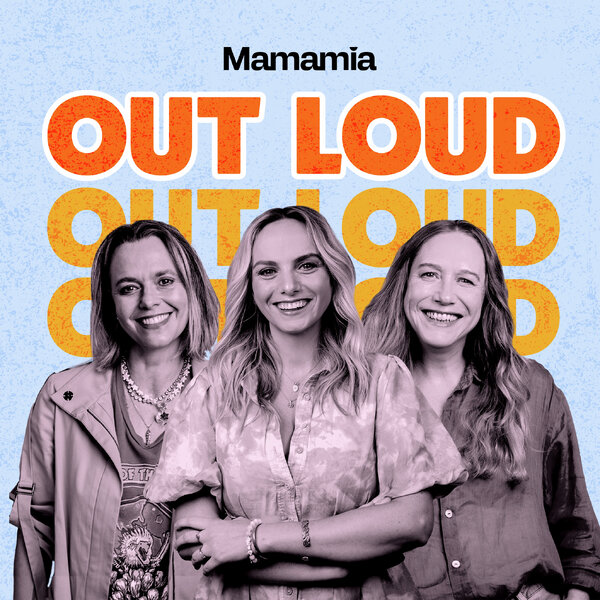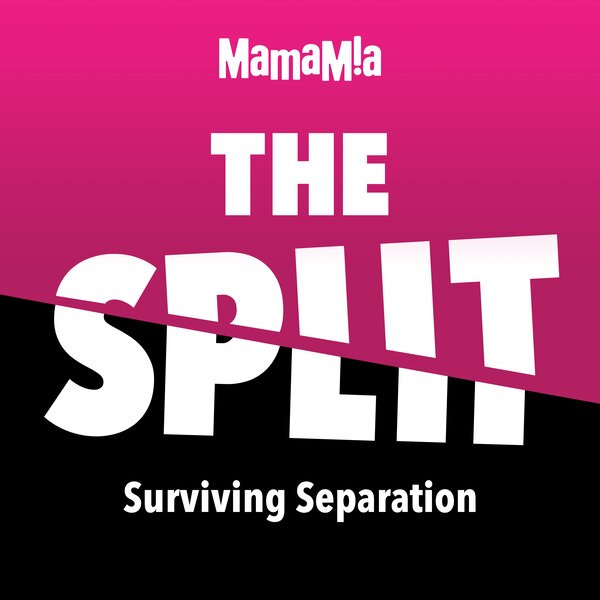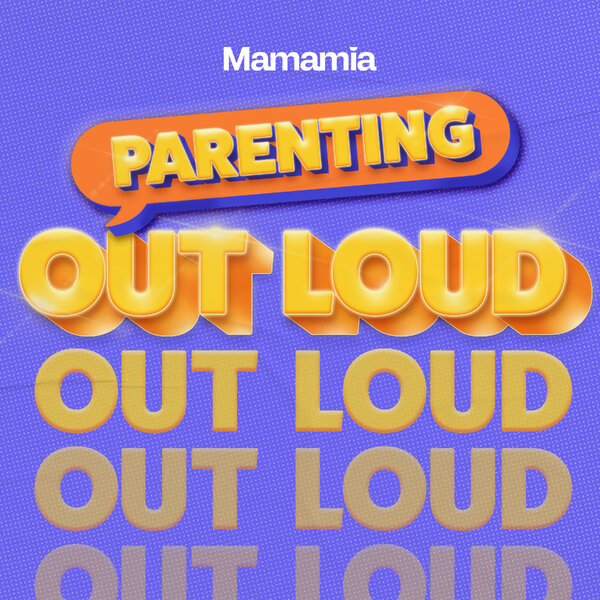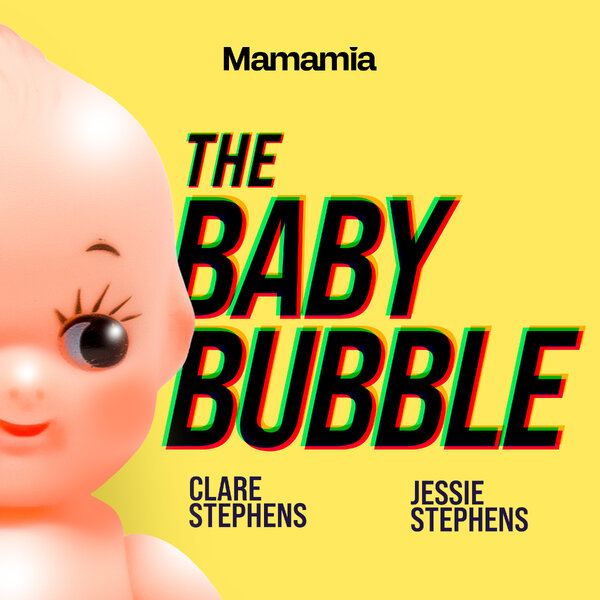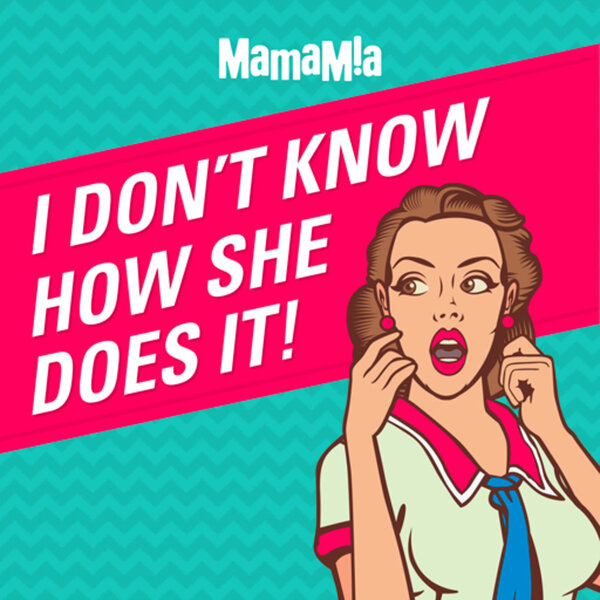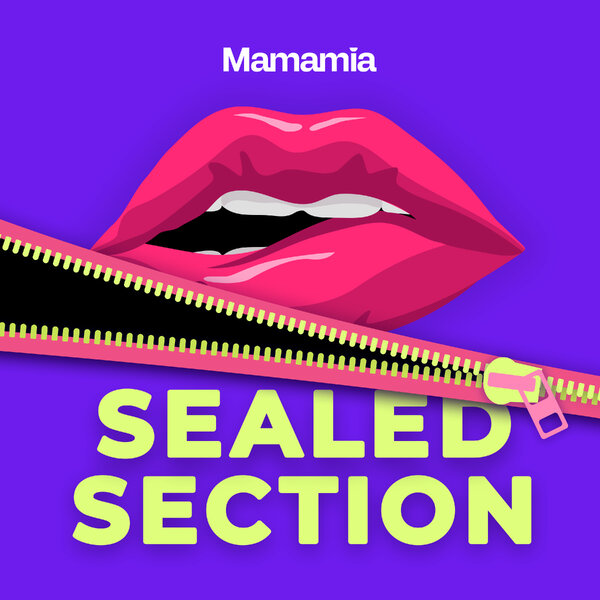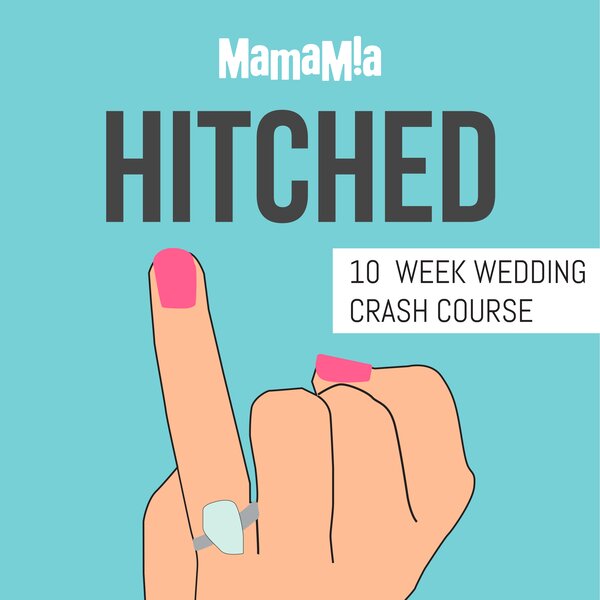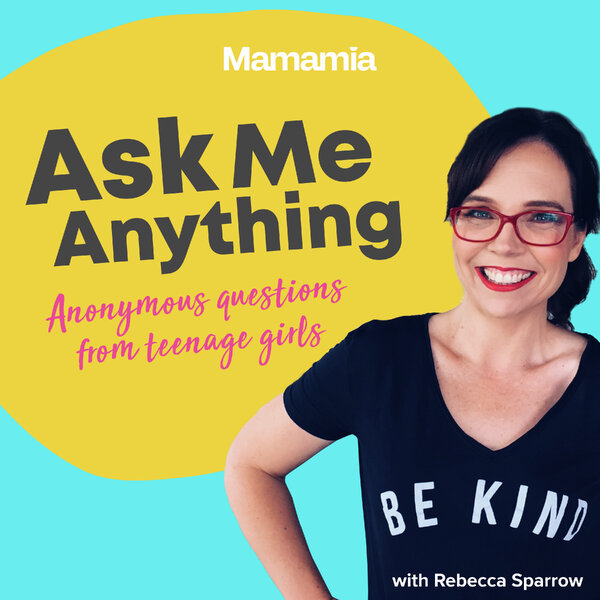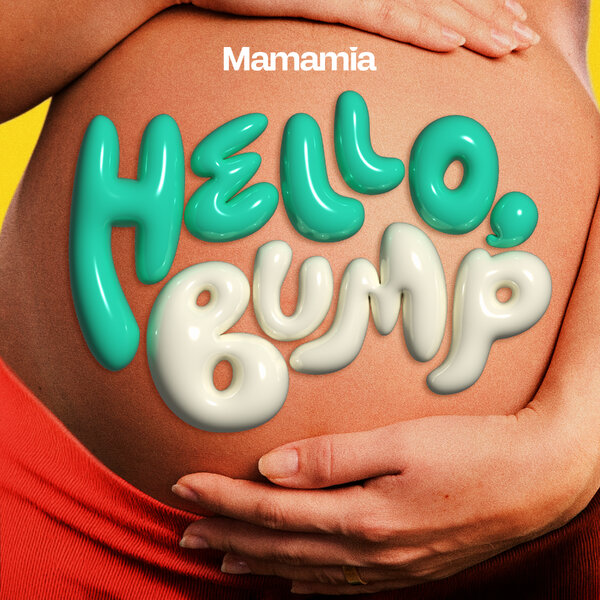
If you want to support independent women's media, become a Mamamia subscriber. Get an all-access pass to everything we make, including exclusive podcasts, articles, videos and our exercise app, MOVE.
If you're a woman of a certain age (hint: if you had a Jonathan Taylor Thomas poster, ripped from the pages of TV Hits magazine as a tween) then your algorithm is likely set to 'heavy flow' when it comes to a certain type of content.
In the last few years, a new term has exploded in popularity. Suddenly, everyone's talking about perimenopause. And much like when terms like 'the mental load' or 'gaslighting' suddenly burst into the zeitgeist, there's a sense of collective relief from women that, finally, we have a word for what we're experiencing (albeit one that's been around for much longer than a few years).
With symptoms ranging from the physical (hot flushes, vaginal dryness, aches and pains, heart palpitations) to the emotional (irritability, brain fog, anxiety, feelings of dread and paranoia, to name a few), the hormonal rollercoaster is one ride we're desperate to get off. But for all the perimenopause-based marketing (seriously, everything from skincare to supplements and *checks notes* peri-friendly sex-toys), there's a dearth of public understanding as to what signs we should actually look out for. Even, worryingly, in the medical system.
Watch: The WELL hosts discuss starting small with medication. Post continues below.
